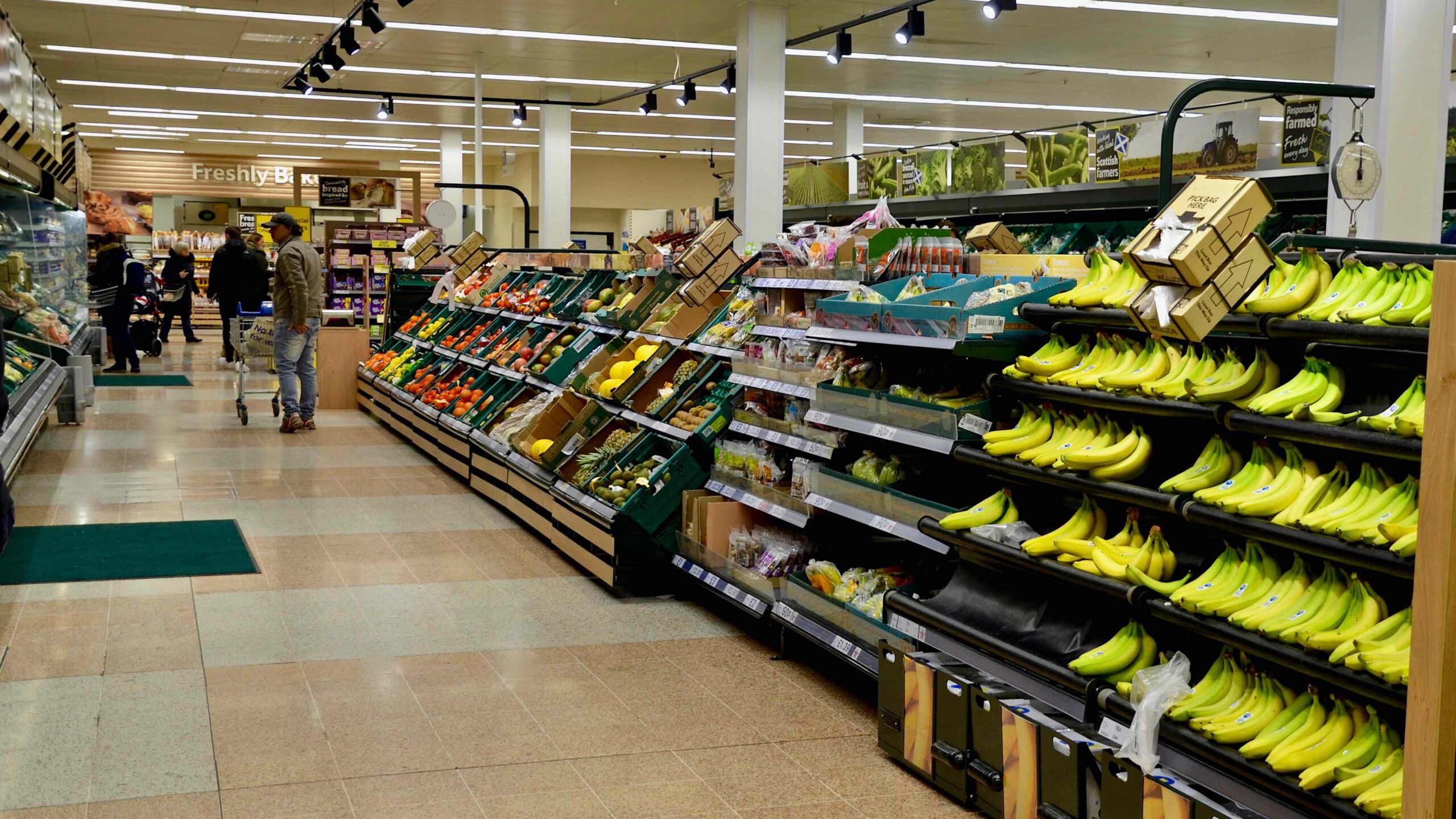- The UK formally left the EU on the 31st January 2020 with a transition period ending on 31st December 2020.
- With the EU accounting for 40-50% of UK food imports, previously traded goods will face new customs and border arrangements.
- In some instances, there will be different protocols for Northern Ireland and Great Britain, but the proposed UK Internal Market Bill aims to reduce technical barriers to trade between the UK and the EU.
Let’s take a look at some of the regulatory changes we could see come into play in a post-Brexit world…
Mandatory Origin Labelling
UK products can no longer use ‘EU Origin’ for specified products including honey, fruit, vegetables, oils and meats.
For example, in the EU, a honey blend of UK and EU origins will move from being ‘EU origin’ to ‘EU and non-EU origin’.
Similarly, in the UK, specified products will move from being ‘EU and non-EU origin’ to ‘UK and non-UK origin’.
Voluntary Origin Labelling
Some products may be voluntarily labelled with a country of origin but must also follow the protocols for mandatory labelling as above.

Health and Identification Marks
Products manufactured in Great Britain which require an identification mark will have the European Commission (EC) reference removed. Instead, they are legally permitted to use the prefix ‘GB or UK or UNITED KINGDOM’ for export to EU market.
For Northern Ireland, the prefix shall read UK (NI) and must also contain ‘EC’ below the approval number.
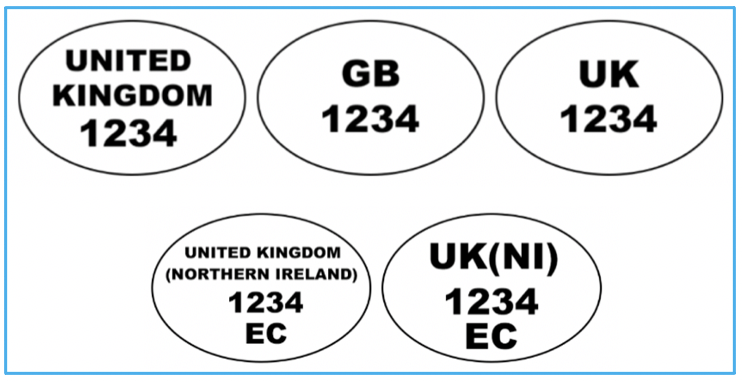
Organic Status
The UK will have its own laws governing the production and trade of organic products. Organic products imported into the UK will need to be certified by an approved UK organic control body.
EU Organic Logos will no longer be permitted on UK Organic products unless:
1. The control body is authorized by the EU to certify UK goods for export to EU.
2. There is a mutually recognised standard between the UK and EU (discussions around this equivalency are ongoing).
For UK products exported to the EU, the EU Organic logo must be present.
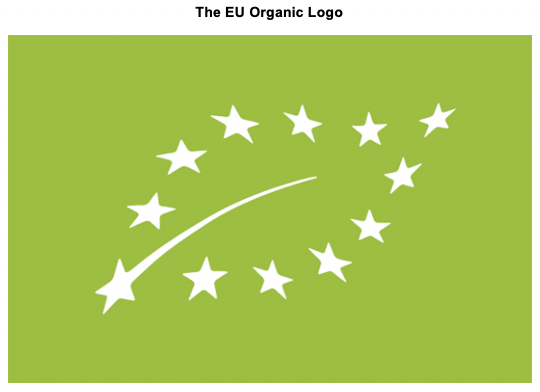
Protected Geographical Indicators
All 88 UK products under the EU Geographical Indications (GI) scheme, such as Traditional Cumberland Sausage, will automatically transition to UK GI Status at the end of the transition period. The UK will initiate its GI scheme in January 2021 and all relevant producers will have three years to adapt to the new UK logo on all food and agricultural packaging.
Geographical Indications protect products against misuse or imitation of the registered name and guarantee the true origin of the product. The EU GI scheme provides benchmarks for meeting protected status in the EU, as well as the database of all Protected Geographical Indications (PGI) products throughout the EU.
There are three new UK logos:
1. Protected Designation of Origin (PDO)
2. Protected Geographical Indication (PGI)
3. Traditional Speciality Guaranteed (TSG)
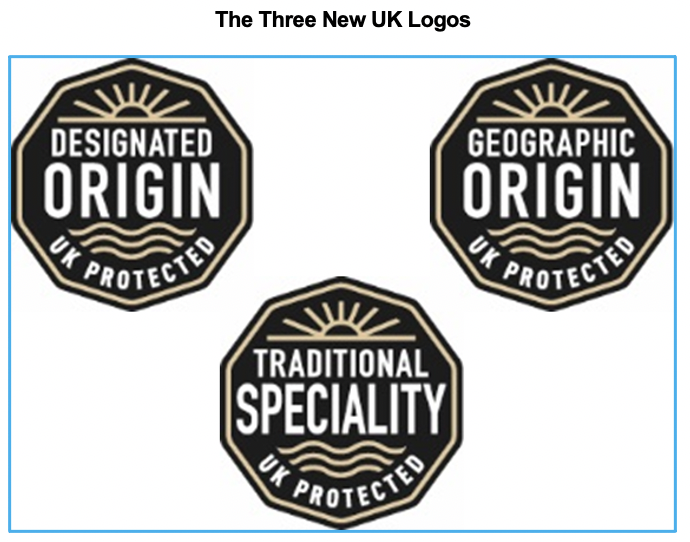
Exceptions
- UK GI products which are protected in the EU can continue to use EU logo alongside the UK logo after the transition period.
- Northern Ireland products with GI status registered in the EU GI scheme will continue to use EU logos and the use of UK logos is optional.
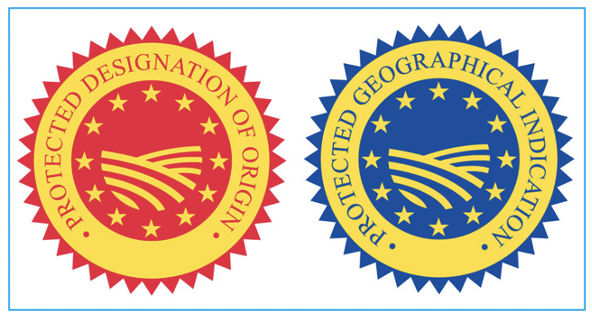

Other Opinions You Might Be Interested In…
